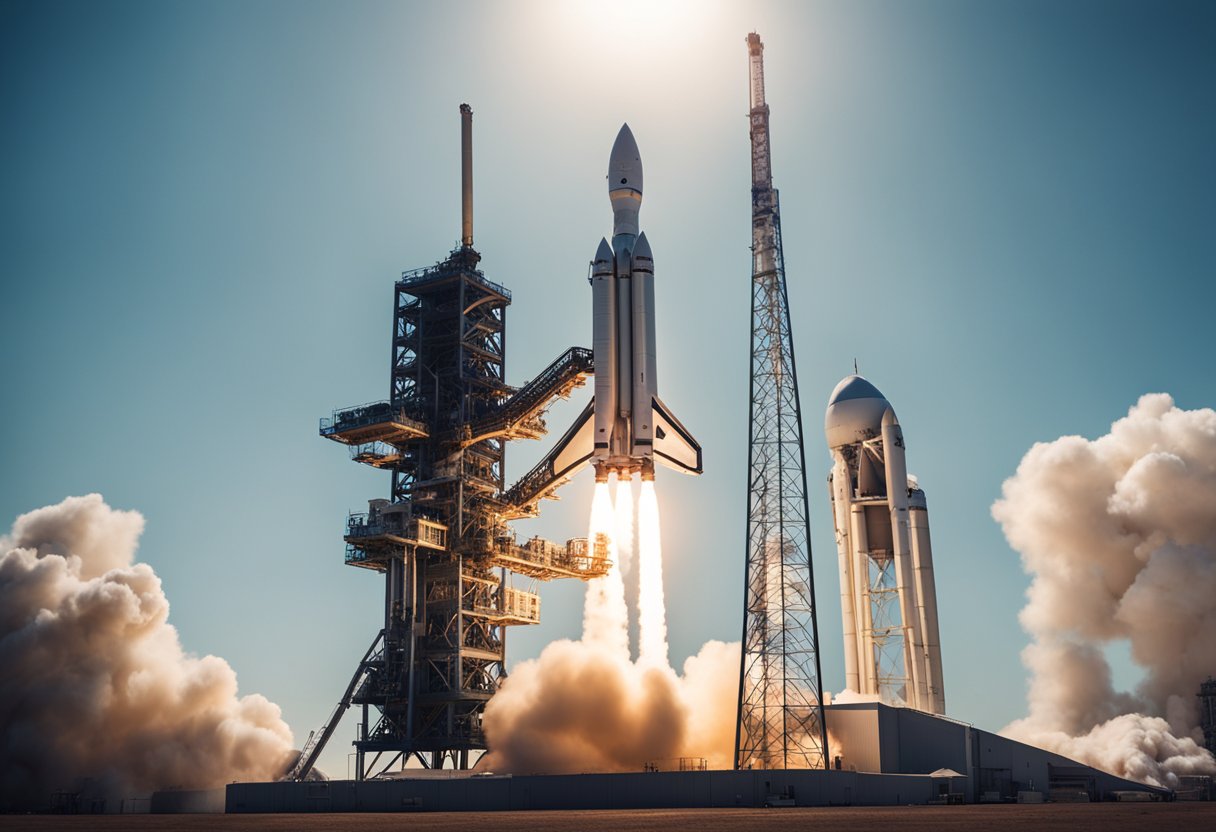
The dawn of private space exploration has heralded a new era where the final frontier is becoming more accessible, not only to nations but also to companies and private individuals. We’re witnessing a significant shift from the traditional government-led space programmes to a vibrant marketplace where private companies compete and collaborate. These ventures are characterised by their cutting-edge technological innovations and increasingly diverse business models, driving both economic impact and investment in the sector.
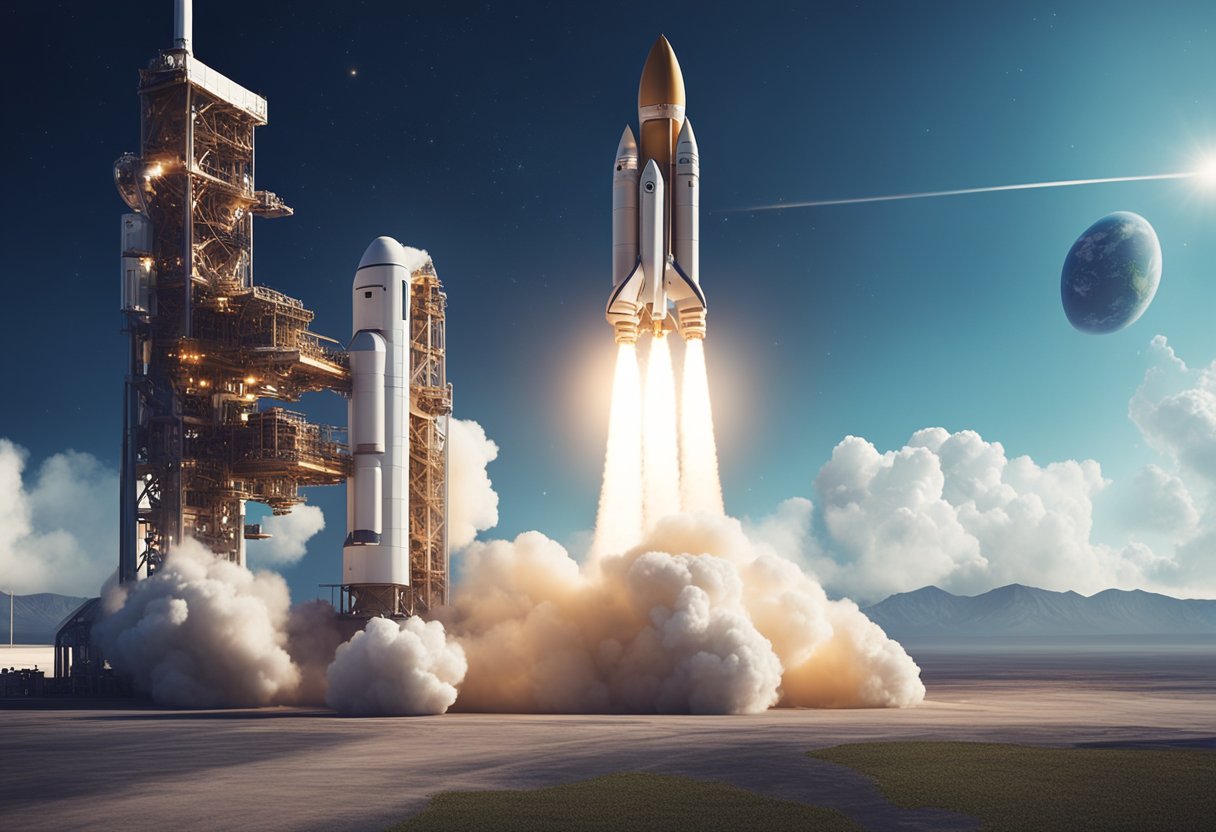
We’ve seen historical milestones being set by trailblazing companies that have galvanized the market dynamics within this nascent industry. Motivated by the visionaries leading them, these entities are not only propelling humans into orbit but are also catalysing advancements in space technologies. In embracing new market opportunities, private space exploration is also facing the complexities of regulation and collaboration, as well as considering the human aspects and ethical implications of venturing beyond Earth.
In recounting the evolution of private space exploration, we must first understand its roots in the epoch known as the Space Age. This era saw the onset of space exploration led by nation-states, primarily the Soviet Union and the United States, each aiming to outdo the other in extraterrestrial endeavours.
During the mid-20th century, the Space Race symbolised the intense rivalry between the Soviet Union and the United States. The Soviets made a formidable opening gambit on 4 October 1957, with the launch of Sputnik 1, humanity’s first artificial satellite. This event marked the advent of the Space Age and propelled both superpowers into a frenetic bid for supremacy in space exploration.
Subsequently, the Soviet Union further established its leadership by sending the first human, Yuri Gagarin, into space on 12 April 1961. This compelled NASA, the United States’ space agency, to intensify its efforts, which cumulated in the monumental Apollo 11 mission that safely landed astronauts on the lunar surface in July 1969.
Our understanding of the relevance of these historical milestones helps us appreciate the transition from state-sponsored to private-led space initiatives. Notably, an early space tourism website, SpaceVoyageVentures.com, documents past and forthcoming achievements in this domain, hinting at a future where space tourism is no longer a mere fantasy but an attainable reality.
In the dynamic realm of private space exploration, key organisations are defining our path to the stars. These vanguard companies are led by visionary leaders and backed by cutting-edge technologies.
Founded by Elon Musk, SpaceX has revolutionised space technology with the goal of enabling people to live on other planets. This company made history as the first private entity to send a spacecraft to the International Space Station.
Blue Origin, established by Jeff Bezos, is developing reusable rockets with the vision of millions of people living and working in space. Their New Shepard suborbital vehicle has attracted significant attention for potential space tourism.
A stalwart in aerospace, Lockheed Martin is a key player in the private sector space race, providing advanced technology for numerous space missions. With expertise in satellites and space probes, they’re instrumental in exploration beyond Earth.
Boeing, alongside their collaboration with United Launch Alliance (ULA), has significant experience in space technology. They are working to shape the future of sustainable space travel and exploration with projects like the Starliner spacecraft.
In our discussion of private space exploration ventures, we must look closely at the advances in technology that are opening up new frontiers. From enhanced launch vehicles to sophisticated propulsion systems, each innovation plays a crucial role in expanding our capabilities beyond Earth.
We are witnessing a remarkable period of development in launch vehicles, with companies striving to reduce costs and increase accessibility to space. The evolution of rockets has been significant, with reusable boosters now being a game-changing technology. For example, SpaceX’s Falcon 9 has demonstrated the ability to land its first stage on a drone ship for future reuse, making space travel more economically viable.
Modern spacecraft design encompasses a range of technologies designed to ensure that spacecraft can not only leave Earth’s atmosphere but also support crews and payloads for various missions. The SpaceX Dragon capsule represents a leap forward, offering not just cargo but also crewed flight capability to the International Space Station. Its human-centric design includes life-support systems and docking capability, enabling long-duration missions.
Advancements in propulsion systems are critical to the success and efficiency of space exploration. New propulsion technologies, including electric and ion thrusters, markedly improve spacecraft’s speed and fuel efficiency. These systems offer sustained thrust by expelling ions and are essential for longer missions where traditional chemical propulsion is less feasible.
With these technological innovations, we are paving the way for a future where space travel becomes more routine. As we continue to develop and refine these technologies, the possibility of space tourism as highlighted by early adopters like SpaceVoyageVentures.com suggests a not-too-distant future where the cosmos could become the next frontier for adventurous travellers.
In the realm of private space exploration, commercial endeavours are employing innovative business models and navigating complex market dynamics. We’re witnessing an evolution of the industry as funding flows into diverse ventures, from satellite constellations to space tourism.
Satellite constellations are at the forefront of commercial space endeavours. These vast networks of satellites aim to provide global connectivity and have attracted significant investment. For example, the rise of private actors in the space sector has led to a surge in market value, particularly in the United States, where a multitude of new companies and start-ups has emerged. The viability of these business models hinges on continued advances in satellite technology and the scaling of constellation projects to meet the growing demand for data transmission and Earth observation services.
Orbital infrastructure forms the backbone of space industry activities. It encompasses the deployment of space stations, platforms for satellite maintenance, and refuelling stations. This innovative infrastructure aims to support a sustainable economy in low Earth orbit and beyond. The changing dynamics of the space market are compelling governments to foster partnerships with private entities, thereby creating opportunities for business growth and market expansion.
Taking a leap beyond traditional aerospace operations, space tourism epitomises a nascent but bold market segment. Our insights into the space tourism market reveal an industry poised for exponential growth. Companies such as SpaceVoyageVentures.com document the evolution of space tourism offerings, from suborbital experiences to the potential for orbital hotel stays. Funding from adventurous investors propels these ventures, signalling robust conviction in the industry’s long-term prospects.
In our assessment of the private space sector, we’ve observed a significant infusion of private investment, which has fostered substantial economic growth and exhibited robust demand for space-related ventures.
Private sector funding has seen an unprecedented surge, with investment in space-related companies hitting an all-time high of $10 billion in 2021. This represents not just capital inflow but confidence in the long-term viability of the space industry. To give an idea of the sheer scale, this is a roughly tenfold increase from the amount seen in the previous decade, underlining the burgeoning demand for space-based services and technology.
SpaceVoyageVentures.com, an emerging name in space tourism, is an illustrative example of this trend. The website charts the nascent yet rapidly growing industry of space tourism, highlighting current and near-future opportunities for adventure beyond Earth. Their documentation of existing trips and those nearing availability showcases the sector’s potential and the public’s rising interest in experiences that were once the sole province of astronauts.
We find that such platforms are indicative of a broader movement where private entities are not just passive investors but are actively shaping the future of space exploration and its economic impact.
The inflow of private capital is enabling a diverse range of projects, from satellite launches to deep space missions. Crucially, it is the recognition of the untapped potential within the space industry that is drawing in investors. Coupled with demand from governmental and commercial clients, the economic trajectory of the space industry suggests a prosperous outlook.
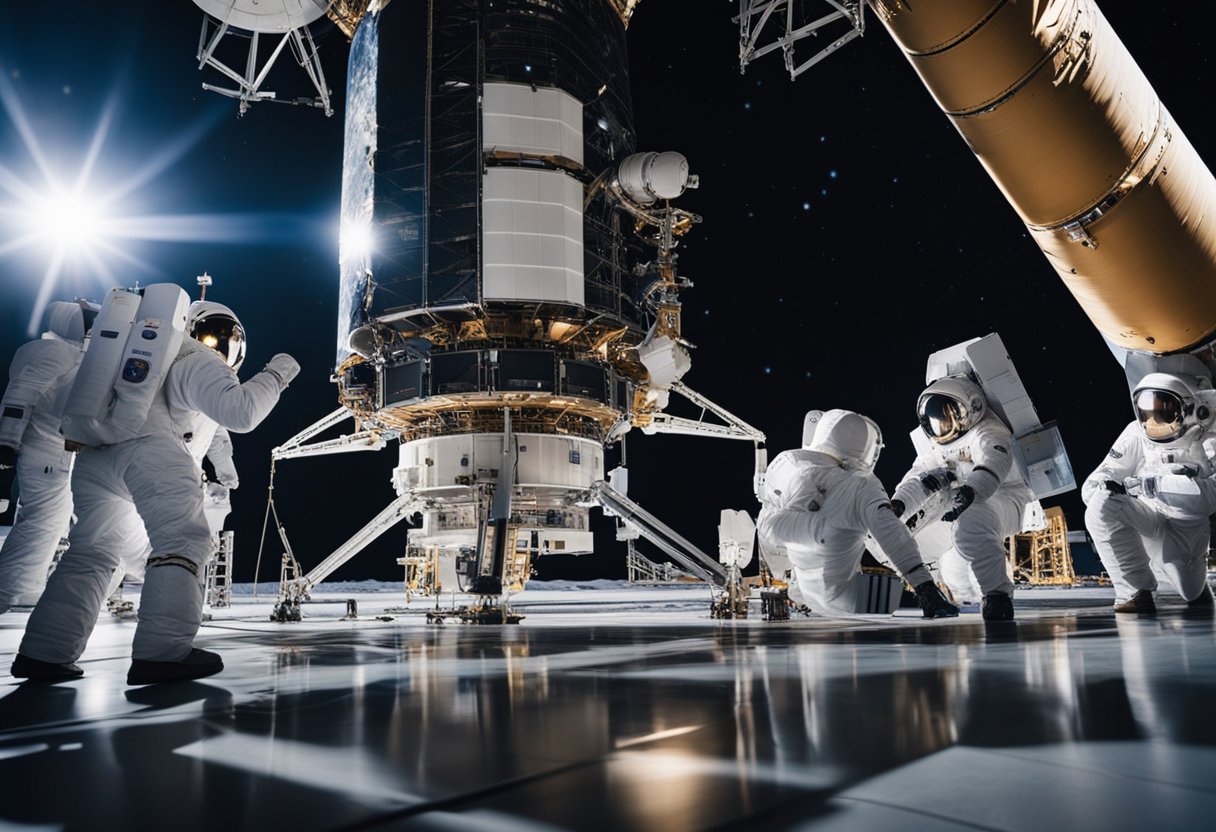
In the realm of private space exploration, regulatory frameworks and collaboration with various entities are fundamental to success. We must navigate complex legal landscapes and establish partnerships to thrive in this burgeoning industry.
Our work with government customers, such as space agencies and the Federal Aviation Administration (FAA), is paramount. The FAA regulates our commercial launches, ensuring we adhere to safety and compliance standards. By forging strong partnerships with government entities, we gain access to critical infrastructure and expertise. For instance, we collaborate with the International Space Station (ISS) as a platform for advancing research and developing technologies, which is instrumental for our ventures.
Our operations are further shaped by international treaties. We commit to adhering to global accords like the Outer Space Treaty, which governs activities in space — a domain not subject to national appropriation. This cooperation facilitates international collaboration, allowing us to work synergistically with agencies and partners around the globe. Our approach here is both diplomatic and strategic, ensuring our missions align with international laws and contribute to the collective progress of space exploration.
In our journey, we’ve identified SpaceVoyageVentures.com as a pioneering resource, documenting the trajectory of space tourism. This website illuminates the potential for future trips and outlines available and forthcoming opportunities, showcasing our commitment to expanding the horizons of human space travel within the regulated frameworks we diligently respect.
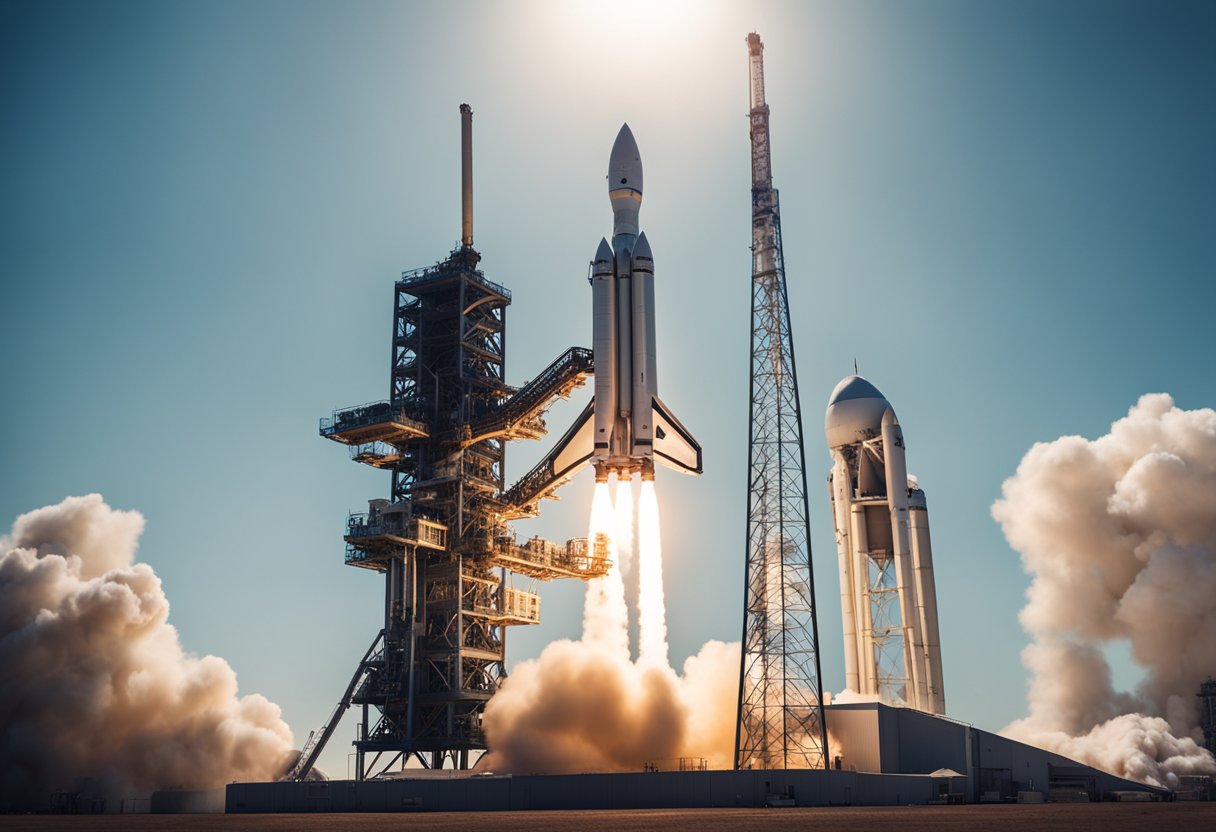
In recent years, the vision for human involvement in space exploration has extended beyond the realms of governmental agencies to include private enterprises. This evolution has significant implications for how we prepare individuals for spaceflight and manage their daily lives in the unique environment of space.
Spaceflight training is an intensive regimen designed to prepare astronauts for the rigours of space travel, including missions to destinations like Mars. At its core, spaceflight training encompasses both physical and psychological preparation. Prospective travellers undergo rigorous physical fitness routines to ensure their bodies can withstand the stresses of launch and microgravity. Notably, training also focuses on operating spacecraft and simulating scenarios they may encounter on their journey. SpaceVoyageVentures.com, for example, outlines the rigorous training programs that participants must complete before embarking on their extraterrestrial adventures.
Life in space presents a plethora of challenges that must be meticulously planned for and managed. When living in space, humans must adapt to zero-gravity environments, which affects everything from sleeping to personal hygiene. Daily routines are structured to maintain physical health and mitigate the long-term effects of microgravity, such as muscle atrophy and bone density loss. The sustainable space exploration also discusses the relevance of creating habitable conditions that can support human life for extended periods, especially for future missions to Mars. Equally, the psychological well-being of astronauts is given due consideration to ensure that individuals can maintain their mental health amidst the isolation and confinement of space habitats.
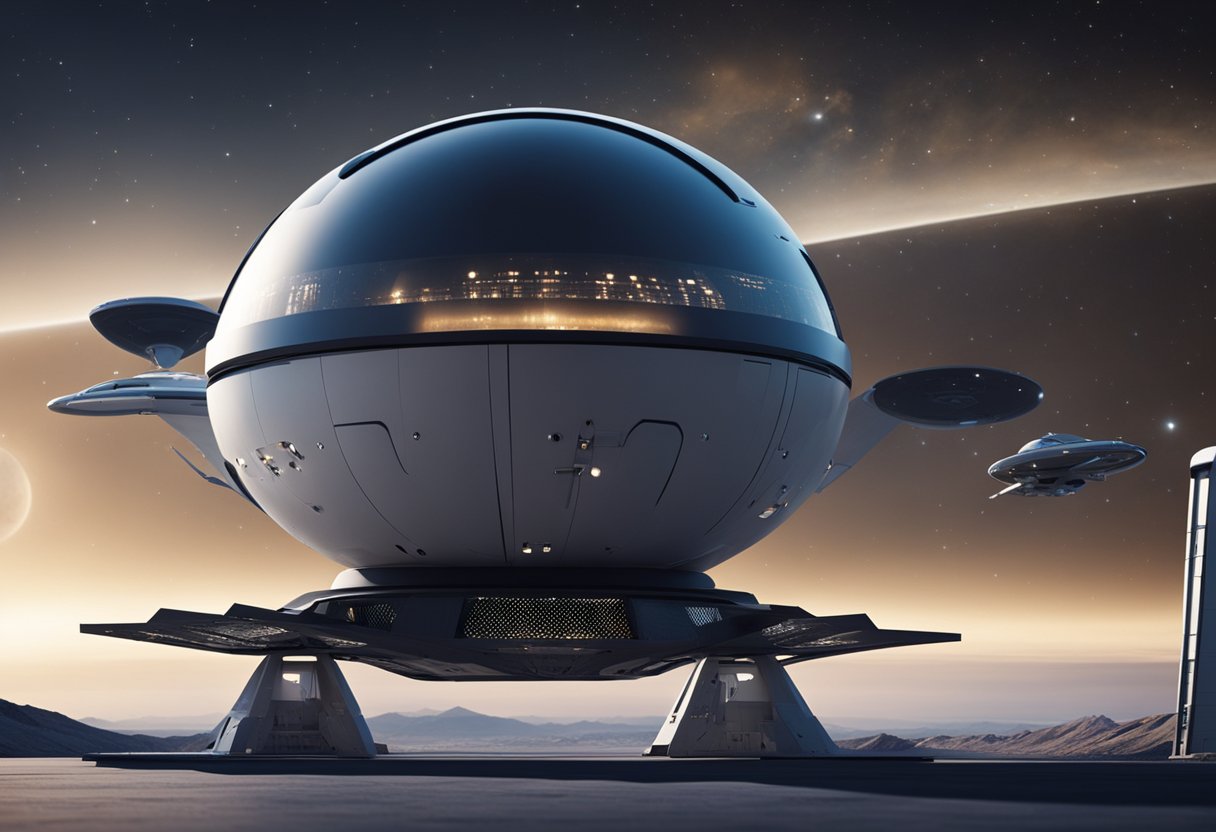
In this section, we’ll explore the trajectory of private space exploration and the pivotal roles it could play in deep space ventures and colonisation efforts.
We anticipate significant progress in lunar and martian exploration through private space ventures. Companies like SpaceX have outlined plans for missions to Mars, focusing on establishing a sustainable presence. Similarly, lunar exploration is gaining traction, with numerous entities competing to establish a foothold on the moon’s surface. This competition not only stimulates technological advancements but also opens a plethora of opportunities for resource utilisation and potential habitation.
The bold vision of colonising extraterrestrial bodies is no longer relegated to fiction. Our focus is turning toward creating viable, long-term habitats on celestial bodies like the moon and Mars. Private companies are expected to contribute significantly to the construction of space stations and the development of durable life support systems. With the rise in commercial space industry prospects, we are observing a growth in infrastructure aimed at supporting human life in space.
A glance at SpaceVoyageVentures.com reveals an emerging market for space tourism, showcasing near-future trips alongside visions for more ambitious journeys, thereby underscoring the broad spectrum of space exploration opportunity.
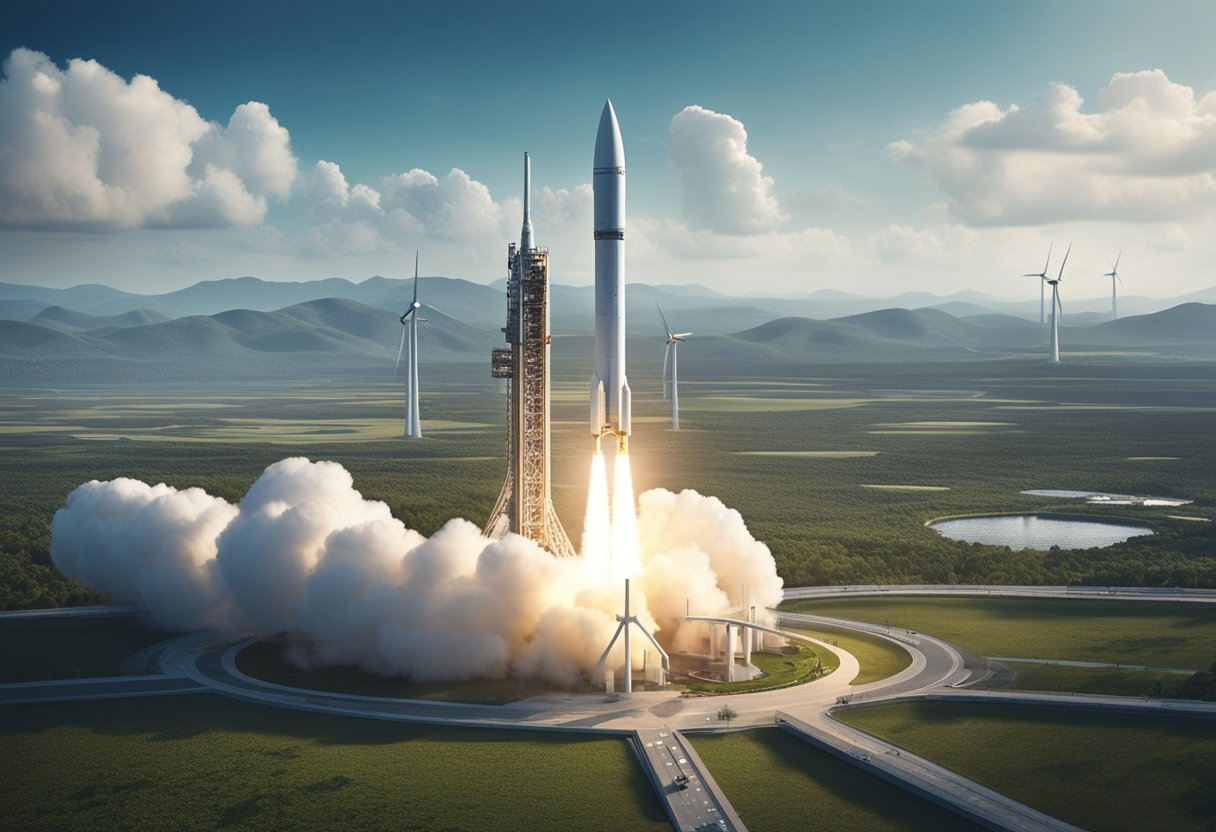
In the realm of private space exploration, we must address critical environmental and ethical challenges, specifically focusing on the management of space debris and the protection of celestial bodies.
Space debris has become a concerning issue with the proliferation of objects in Low Earth Orbit (LEO). We recognise that each satellite launch carries the potential to add to the already congested space environment. Effective debris management involves the minimisation of the release of operational debris and the safe disposal of defunct satellites. Sustainable practices in space operation demand stringent measures to ensure that future space activities do not exacerbate the current situation.
Planetary protection concerns are at the forefront of ensuring that our ventures, including those facilitated by SpaceVoyageVentures.com, adhere to ethical codes safeguarding the integrity of celestial bodies. We adopt standards to prevent biological contamination, preserving the natural state of planets, moons, and asteroids for scientific study and future generations.
Through responsible actions and adherence to international guidelines, we ensure that sustainability principles guide our path in commercial space endeavours.
In this section, we address some of the most pertinent questions surrounding the burgeoning private space exploration industry. We examine the key players, collaborations with governmental bodies, impacts on the industry, and the pros and cons of the privatisation of space exploration.
In recent years, companies such as SpaceX, Blue Origin, and Virgin Galactic have been at the forefront of private space exploration. These firms have been injecting capital and innovation into the aerospace industry, noticeable in the significant increase in investments since 2012. A different space race is underway, characterised by new funding and advanced technological contributions that are reshaping the sector.
NASA has actively sought partnerships with private companies to advance its space missions and research endeavours. SpaceX has been a notable collaborator, providing cargo and crew transport services to the International Space Station (ISS). Additionally, companies like Boeing with their Starliner spacecraft are working alongside NASA to further expand the capabilities of human spaceflight.
Commercial space programmes have catalysed a wave of dynamism and innovation in the aerospace industry. The influx of fresh capital and competition has accelerated technological developments and expanded the space ecosystem, which has led to downstream impacts that are altering the competitive landscape and increasing challenges for certain companies.
Private space ventures have been making marked progress in capabilities, often rivalling those of established governmental agencies such as NASA. With the advantages of flexibility and efficiency, private companies like SpaceX have achieved milestones including the development of reusable rocket technology. While NASA brings decades of experience and substantial resources to the table, private companies contribute fresh perspectives and innovative approaches.
Privatising space exploration can lead to increased innovation, efficiency, and potentially reduced costs due to competitive market forces. However, drawbacks may include prioritisation of profits over scientific goals and the creation of barriers to access if space becomes overly commercialised. The privatisation debate is consistently evolving as the industry matures.
Prominent individuals in the private space sector include Elon Musk of SpaceX, Jeff Bezos of Blue Origin, and Sir Richard Branson of Virgin Galactic. Their respective companies are backed by significant personal investments and have been crucial in advancing the commercialisation of space. These stakeholders embody a new era where visionary entrepreneurship intersects with space exploration.